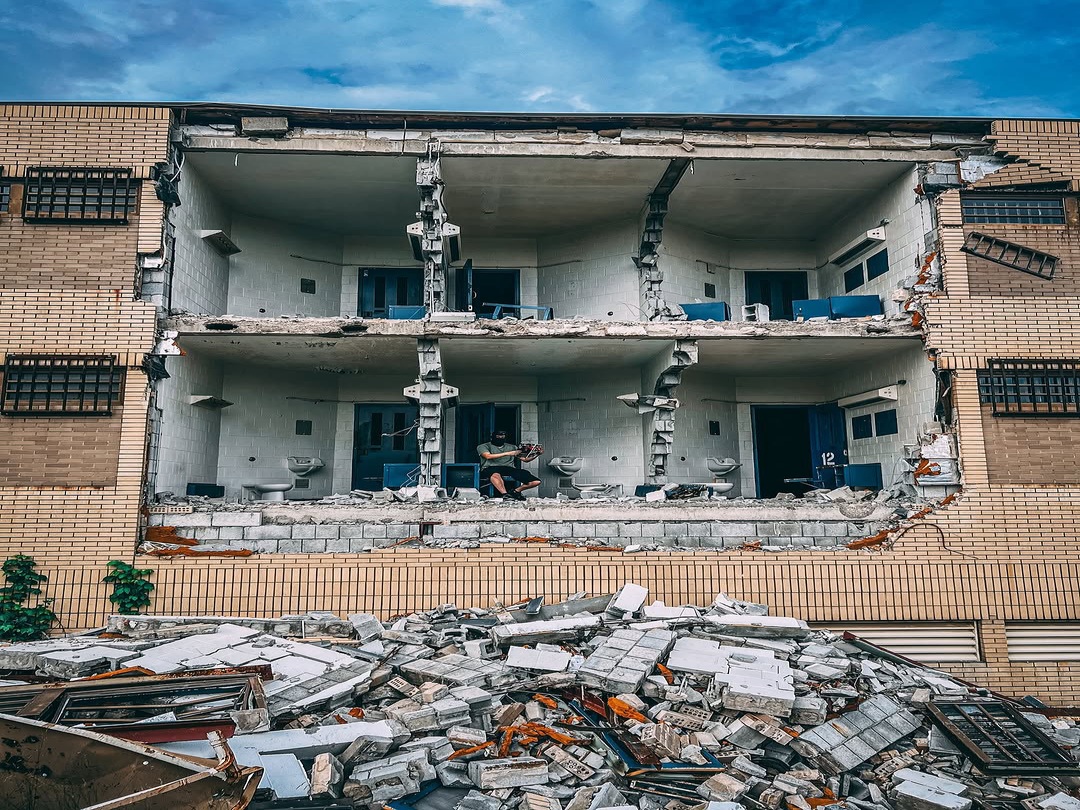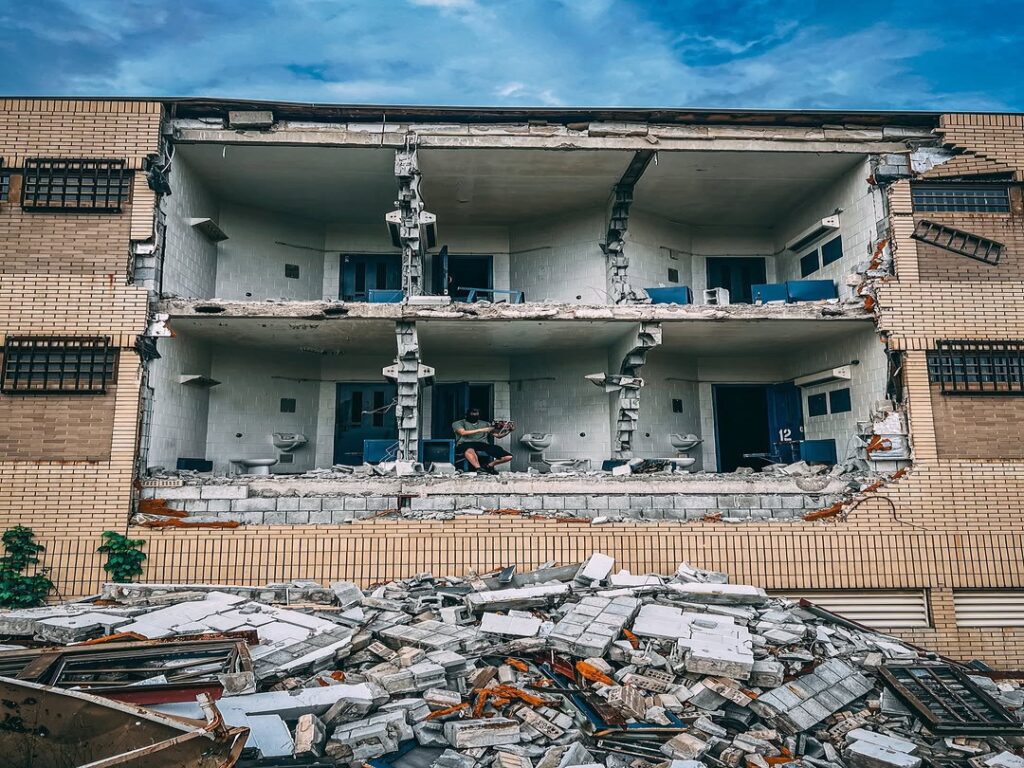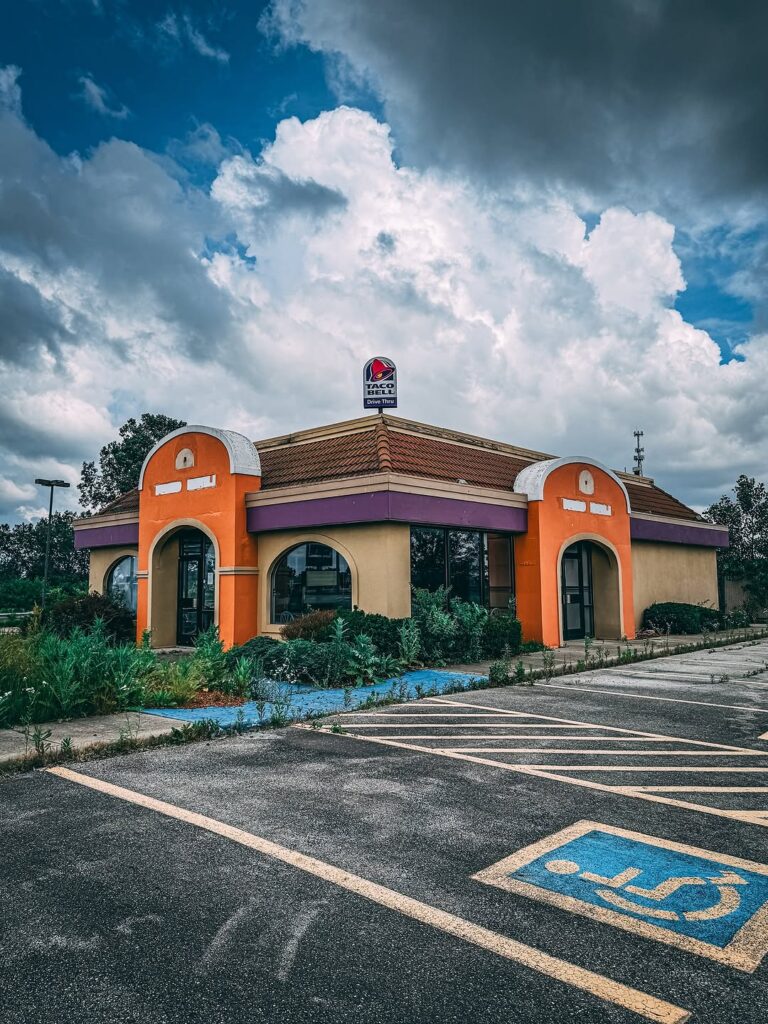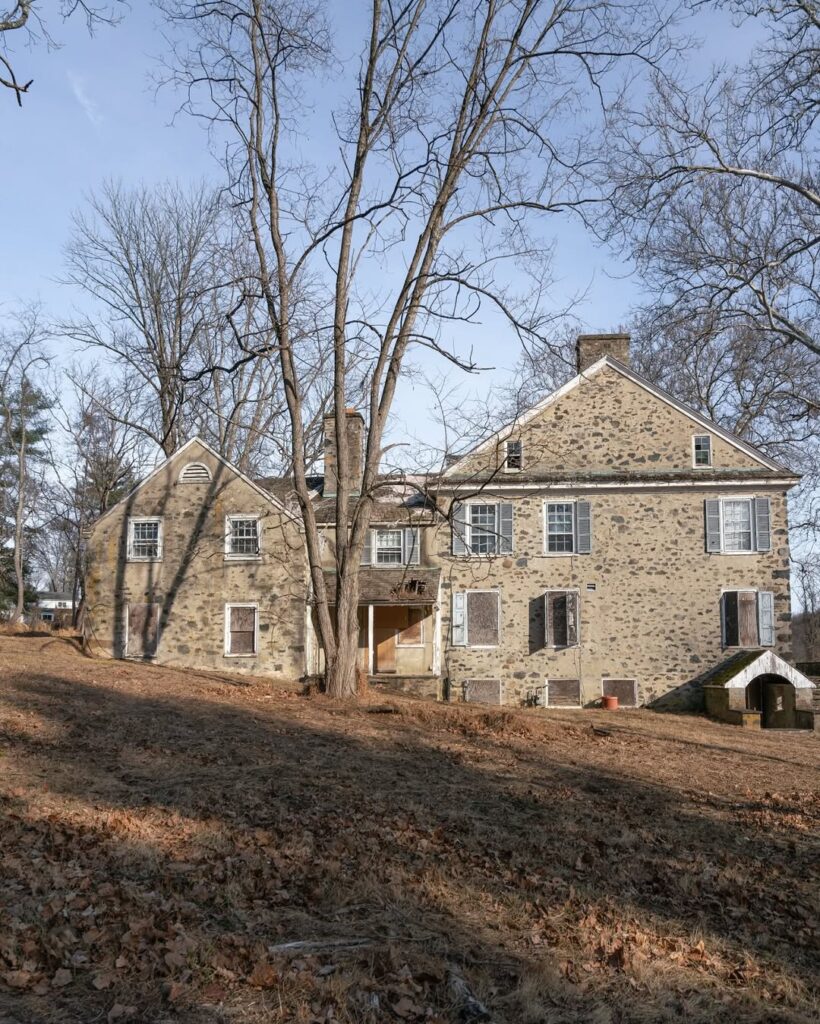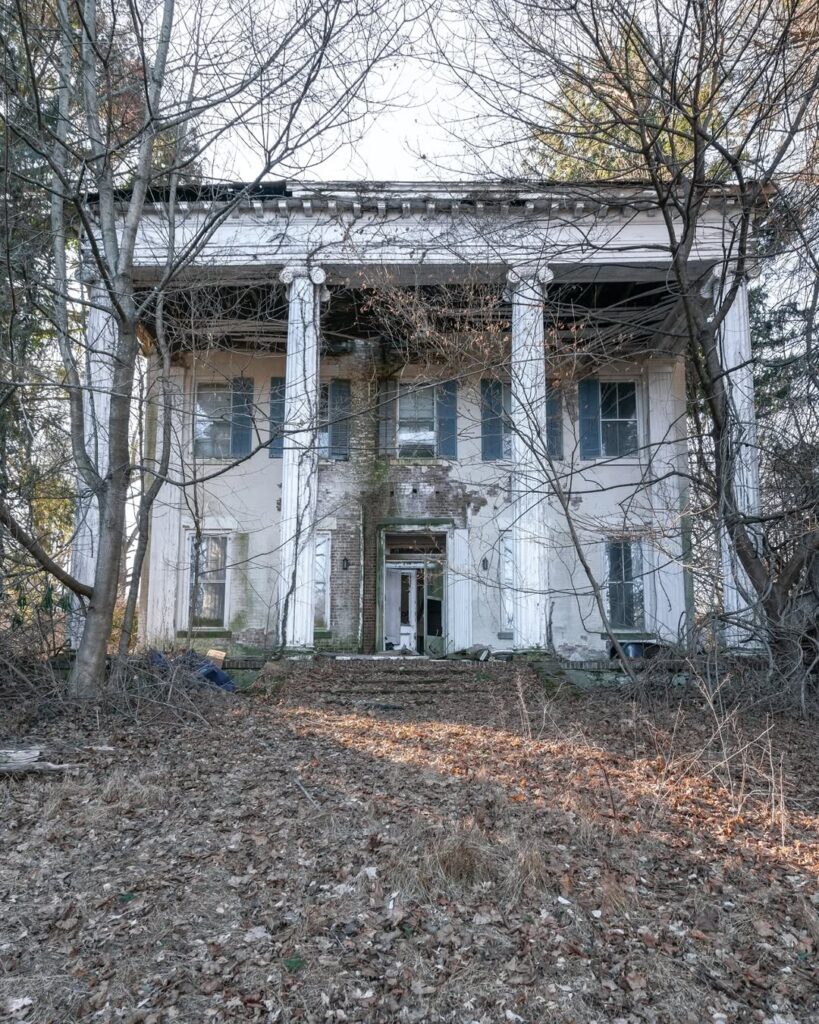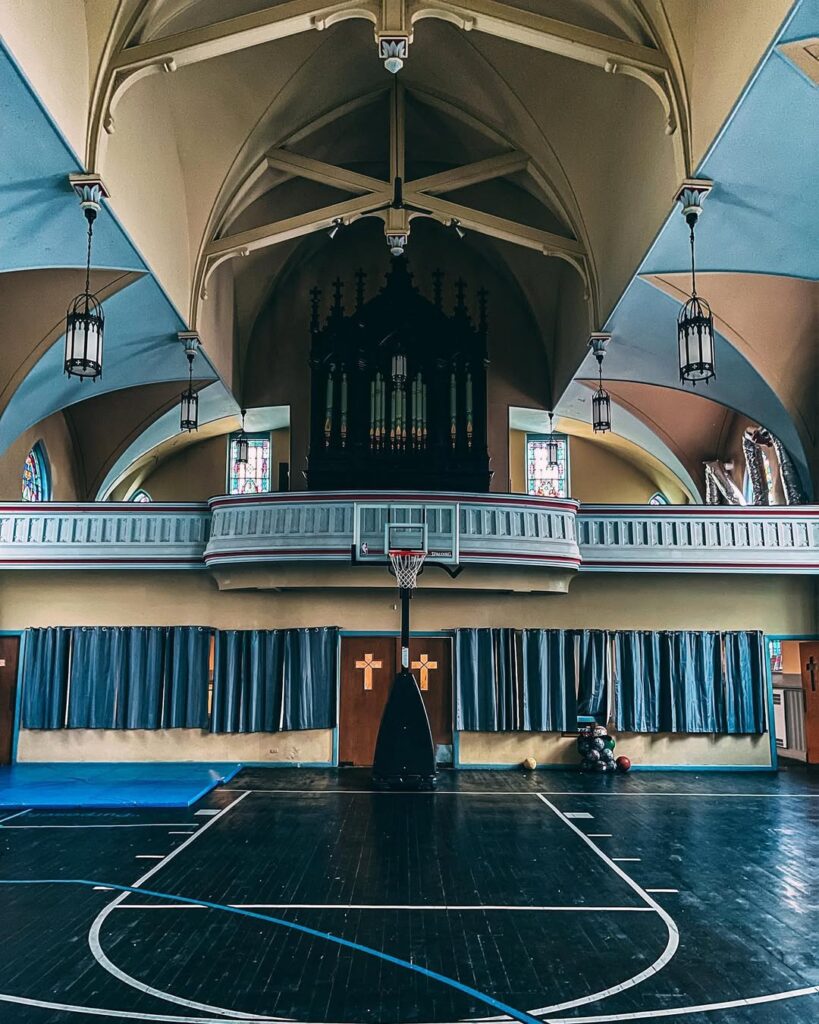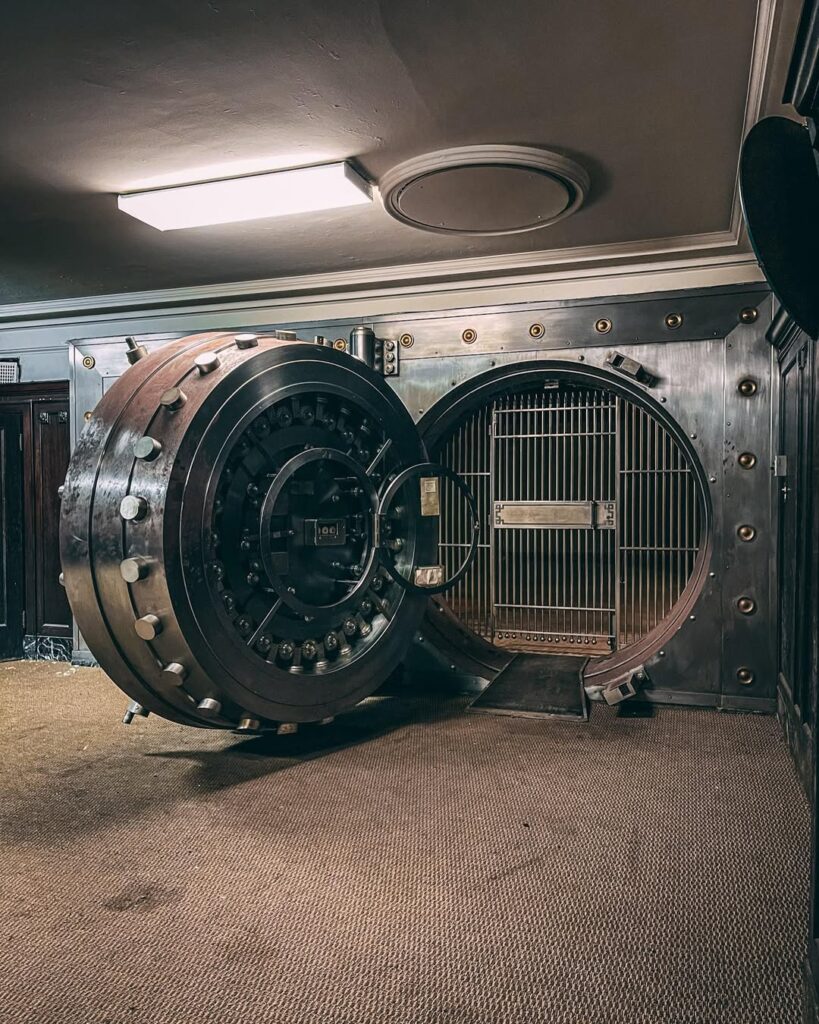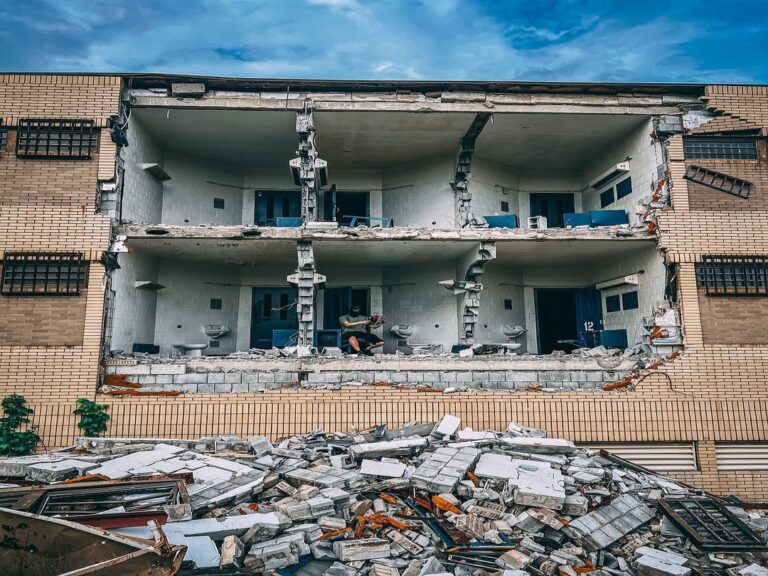Pennsylvania’s landscape holds secrets from America’s complex penal history, with several abandoned prisons standing as haunting monuments to bygone eras of justice and punishment. These crumbling fortresses tell stories of harsh conditions, failed rehabilitation attempts, and the evolution of America’s correctional system. From the infamous Eastern State Penitentiary to lesser-known facilities scattered across the Keystone State, these abandoned prisons offer a glimpse into a darker chapter of American history.
The abandoned prisons of Pennsylvania represent more than just empty buildings – they’re time capsules that preserve the architectural styles, administrative philosophies, and social attitudes of their respective periods. These facilities once housed thousands of inmates, from petty criminals to notorious murderers, and their walls witnessed countless human dramas that shaped both individual lives and broader societal understanding of crime and punishment.
H1: The Most Famous Abandoned Prison in Pennsylvania – Eastern State Penitentiary
H2: Eastern State Penitentiary’s Revolutionary Design and Philosophy
Eastern State Penitentiary stands as the most notorious abandoned prison in Pennsylvania, located in Philadelphia’s Fairmount neighborhood. Built in 1829, this revolutionary facility introduced the world to the concept of solitary confinement as a means of rehabilitation. The prison’s unique radial design, with seven cellblocks extending like spokes from a central hub, became the architectural template for hundreds of prisons worldwide.
The philosophy behind Eastern State was radical for its time – complete isolation would force inmates to confront their crimes and achieve spiritual redemption through solitary reflection. Each prisoner lived alone in a cell with a small exercise yard, forbidden from communicating with other inmates or even seeing their faces. This system, known as the “Pennsylvania System” or “separate system,” was considered more humane than the brutal public punishments common in the 18th century.
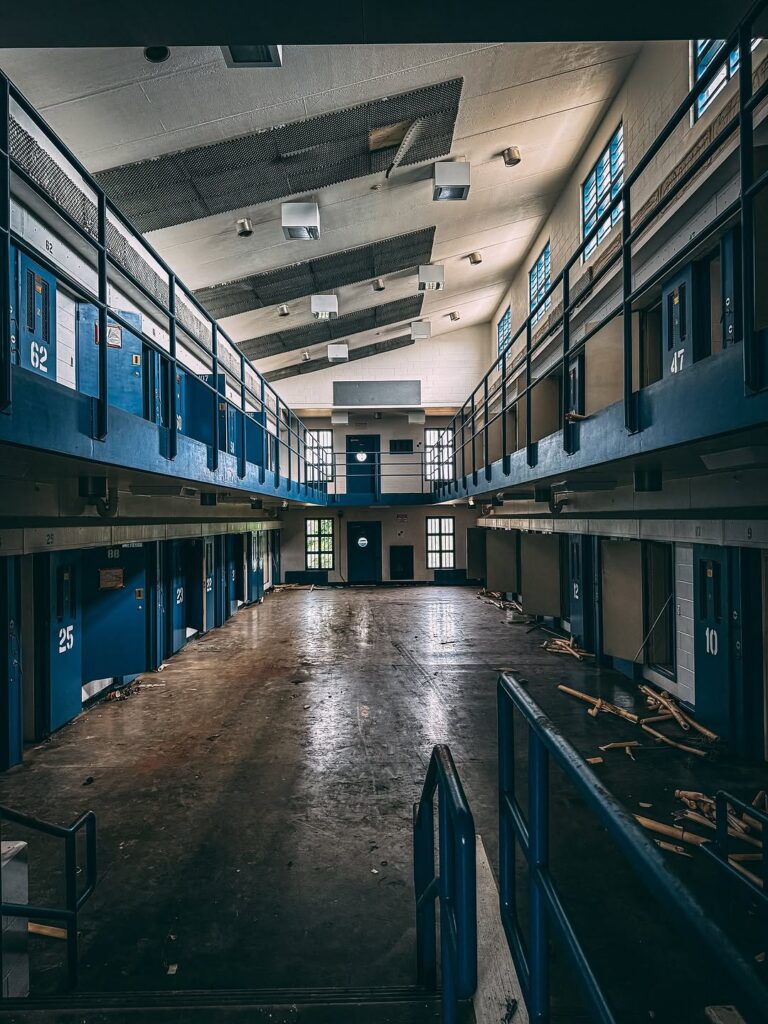
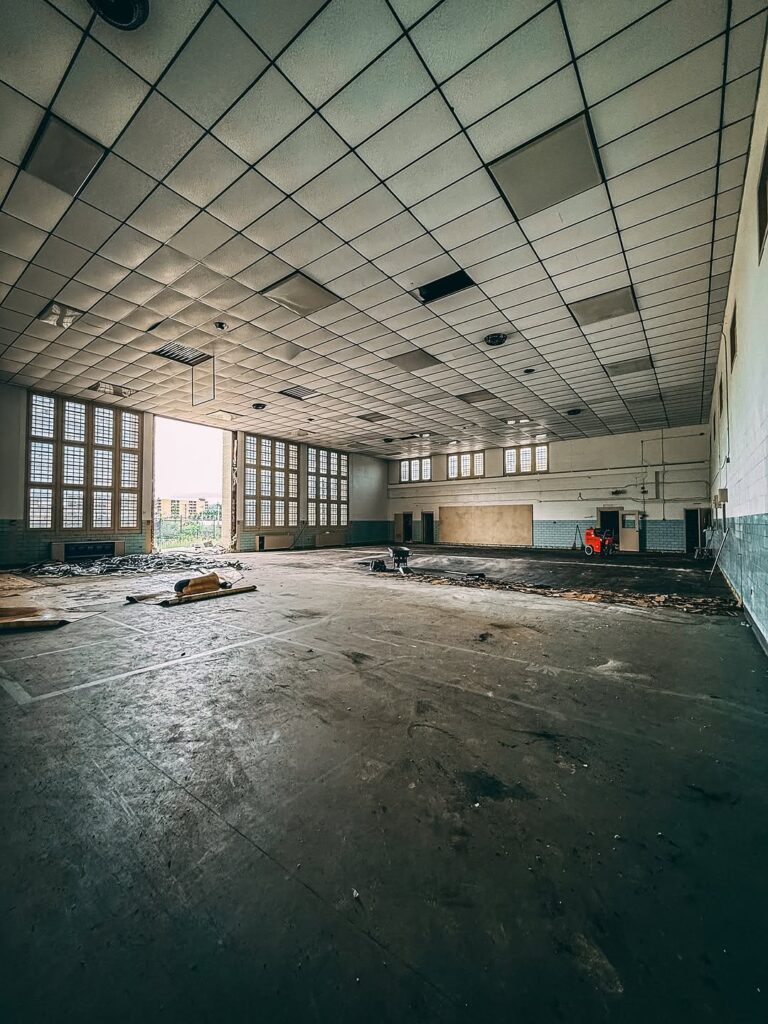
H2: Notable Inmates and Escape Attempts at Eastern State
Throughout its 142 years of operation, Eastern State housed many infamous criminals. Perhaps the most famous was Al Capone, who served time there in 1929-1930. Unlike other inmates, Capone’s cell was luxuriously furnished with Oriental rugs, a radio, and comfortable furniture – a testament to his wealth and influence even behind bars.
The prison also witnessed several dramatic escape attempts, the most famous being the 1945 breakout led by Clarence Klinedinst. Twelve inmates tunneled under the prison wall, but most were quickly recaptured. These escape stories became part of Pennsylvania folklore and highlighted the ongoing tension between security and the humane treatment of prisoners.
H1: Other Significant Abandoned Prisons in Pennsylvania
H2: Allegheny County Jail – Pittsburgh’s Forgotten Fortress
The old Allegheny County Jail, built in 1886 and demolished in 1995, served as Pittsburgh’s primary detention facility for over a century. This massive stone structure featured a distinctive Romanesque Revival architecture that made it one of the most imposing buildings in the city. The jail’s history includes numerous riots, escape attempts, and overcrowding issues that eventually led to its closure.
During its operational years, the Allegheny County Jail faced constant criticism for its inhumane conditions. Overcrowding reached crisis levels in the 1970s and 1980s, with inmates sleeping on floors and in corridors. The facility’s aging infrastructure couldn’t accommodate modern rehabilitation programs, leading to its eventual abandonment in favor of newer facilities.
H2: Western State Penitentiary’s Legacy and Abandonment
Western State Penitentiary, also known as Western Penitentiary, operated from 1826 to 2005 in Pittsburgh. This facility was designed as a companion to Eastern State Penitentiary, implementing similar solitary confinement principles. However, Western State eventually abandoned the strict isolation model in favor of more traditional prison operations.
The prison’s most notorious period came during the 1950s and 1960s when it housed death row inmates. The facility’s electric chair, nicknamed “Old Sparky,” was used for executions until Pennsylvania moved its death row operations to other facilities. After its closure in 2005, parts of the complex were demolished, though some structures remain as abandoned reminders of the state’s penal history.
H1: Architecture and Design of Abandoned Pennsylvania Prisons
H2: The Radial Design Revolution in Prison Architecture
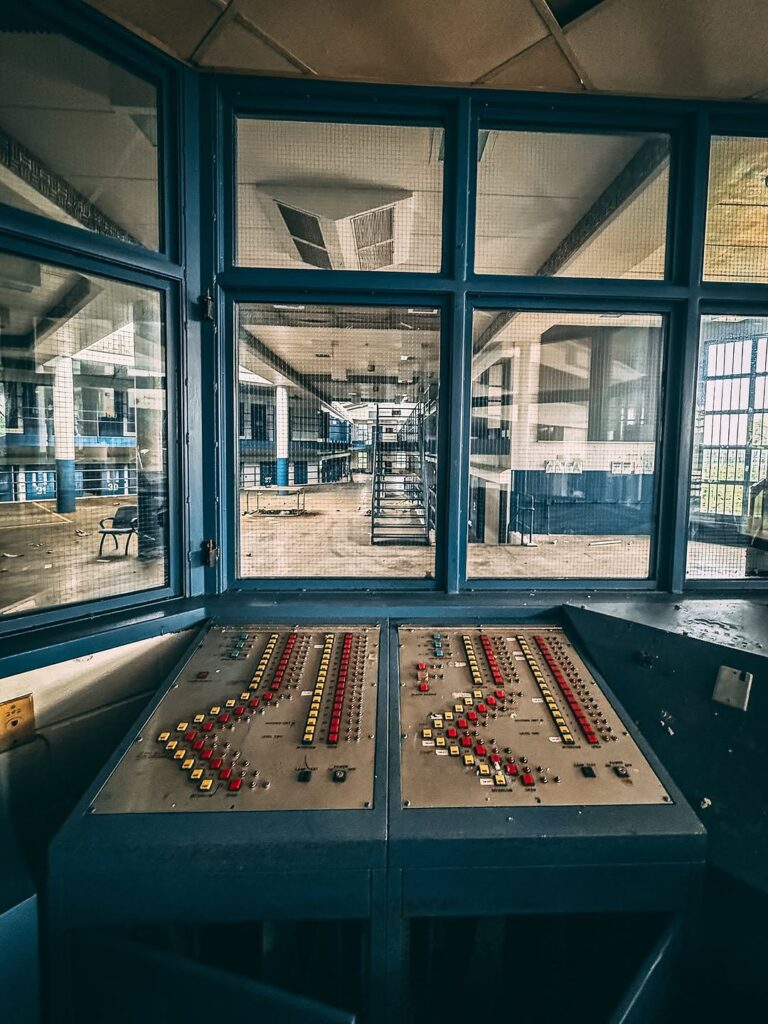
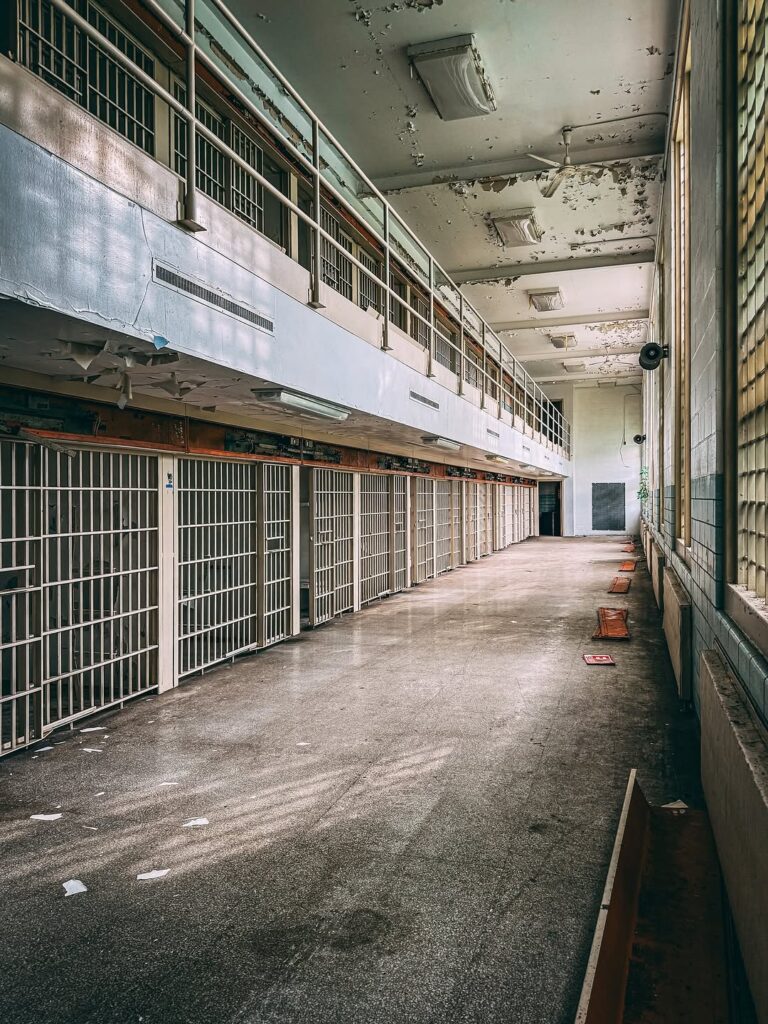
Pennsylvania’s abandoned prisons showcase the evolution of correctional facility architecture. The radial design pioneered at Eastern State Penitentiary influenced prison construction worldwide. This spoke-and-wheel layout allowed a single guard in the central rotunda to observe multiple cellblocks simultaneously, maximizing security efficiency while minimizing staffing requirements.
The architectural philosophy extended beyond mere functionality. The imposing Gothic Revival style of Eastern State was intentionally designed to inspire awe and fear, serving as both a deterrent to potential criminals and a symbol of society’s moral authority. The castle-like appearance, complete with battlements and towers, reinforced the prison’s role as a fortress protecting society from dangerous individuals.
H2: Construction Materials and Techniques in Historic Pennsylvania Prisons
The abandoned prisons of Pennsylvania were built to last, constructed with massive stone blocks, reinforced concrete, and steel bars that remain impressive even in their deteriorated state. Eastern State Penitentiary’s walls stand 30 feet high and 12 feet thick at their base, testament to 19th-century engineering and the determination to create escape-proof facilities.
These construction techniques reflected both the available technology and the philosophical approach to incarceration. The use of local materials – Pennsylvania bluestone, brick, and iron – not only provided economic benefits but also ensured that these structures would become permanent fixtures in their communities, visible reminders of the consequences of criminal behavior.
H1: Historical Context of Abandoned Prison in Pennsylvania
H2: The Penitentiary Movement and Pennsylvania’s Role
Pennsylvania played a crucial role in the American penitentiary movement of the early 19th century. The state’s Quaker influence promoted the idea that criminals could be reformed through spiritual reflection and moral education, rather than simply punished through physical brutality. This philosophical shift led to the development of the world’s first true penitentiary system.
The Pennsylvania System competed with the Auburn System developed in New York, creating a national debate about the best approach to criminal rehabilitation. While the Auburn System emphasized communal work during the day with solitary confinement at night, Pennsylvania maintained strict isolation as the key to moral reformation. This ideological battle influenced prison design and operation across America and Europe.
H2: Social and Economic Factors Leading to Prison Abandonment
The abandonment of these historic Pennsylvania prisons resulted from multiple social and economic factors. Changing philosophies about criminal justice emphasized rehabilitation over punishment, requiring facilities designed for education, job training, and therapy rather than isolation. The old fortress-like structures couldn’t accommodate modern programming needs.
Economic pressures also contributed to abandonment decisions. Maintaining aging facilities became increasingly expensive, with outdated infrastructure requiring constant repairs and updates to meet modern safety and legal standards. The cost of retrofitting historic prisons often exceeded the expense of building new, purpose-designed facilities.
H1: Urban Exploration and Tourism at Abandoned Pennsylvania Prisons
H2: Eastern State Penitentiary as a Tourist Destination
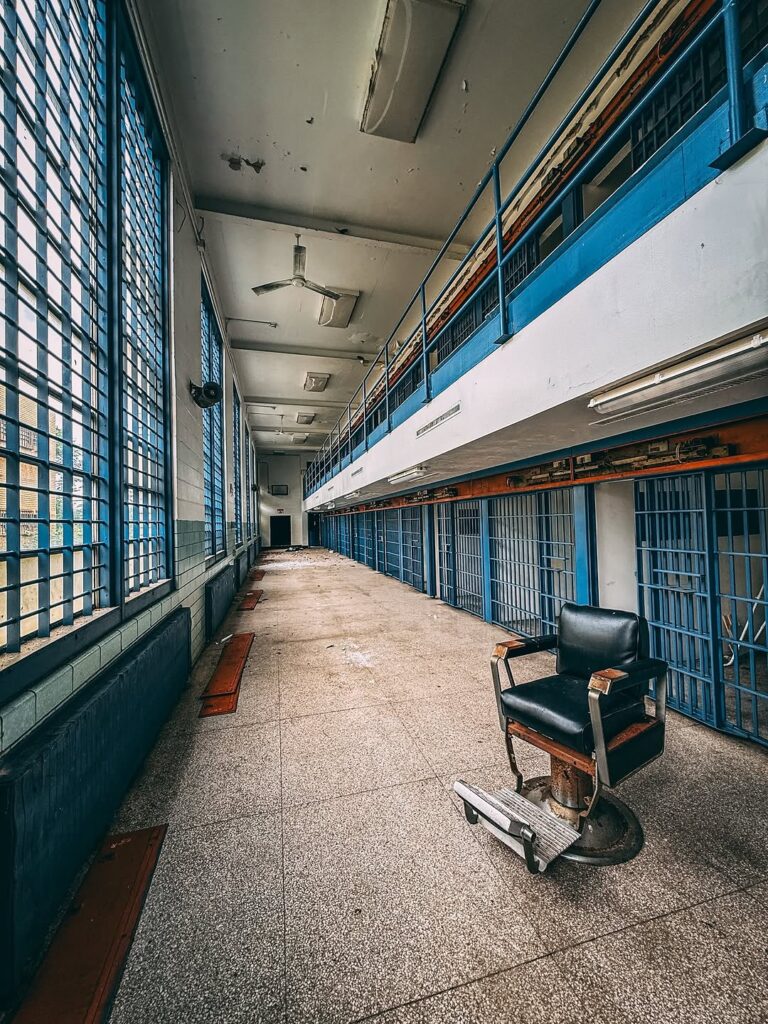
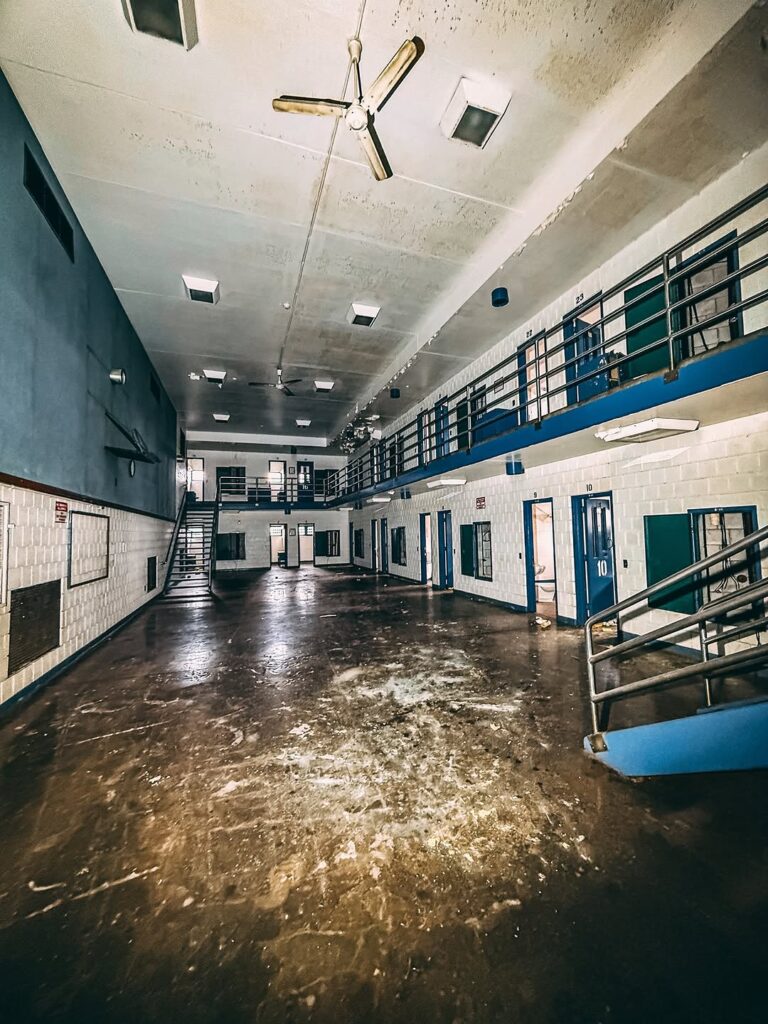

Unlike many abandoned prisons that remain off-limits to the public, Eastern State Penitentiary has transformed into a popular tourist attraction and historic site. The facility offers guided tours that explore both the prison’s history and its current state of “preserved ruin.” Visitors can walk through cellblocks, see Al Capone’s restored cell, and experience the eerie atmosphere of this abandoned correctional facility.
The prison’s Halloween attraction, “Terror Behind the Walls,” has become one of America’s most popular haunted attractions, drawing visitors from across the country. This seasonal event helps fund the ongoing preservation efforts while introducing new audiences to the site’s historical significance.
H2: Safety Concerns and Legal Issues in Urban Exploration
Exploring abandoned prisons in Pennsylvania raises significant safety and legal concerns. Many of these structures contain hazardous materials like asbestos and lead paint, while deteriorating buildings pose risks from falling debris and unstable floors. Trespassing on abandoned prison property is illegal and can result in serious criminal charges.
Urban explorers interested in abandoned prisons should focus on legally accessible sites like Eastern State Penitentiary’s public tours. Photography and documentation of these historic structures can be accomplished safely and legally through organized visits rather than unauthorized exploration of dangerous, restricted areas.
H1: Preservation Efforts for Abandoned Prison in Pennsylvania
H2: Historic Preservation Challenges and Opportunities
Preserving abandoned prisons presents unique challenges due to their massive size, specialized construction, and often negative community associations. Many residents prefer demolition over preservation, viewing these structures as reminders of dark periods in local history. However, preservationists argue that these buildings represent important architectural and social history that deserves protection.
Eastern State Penitentiary’s preservation success demonstrates the potential for adaptive reuse of abandoned correctional facilities. The site’s transformation from abandoned ruin to historic landmark required significant community support, creative fundraising, and innovative approaches to maintaining deteriorating structures while respecting their historical integrity.
H2: Community Impact and Redevelopment Options
The presence of abandoned prisons significantly impacts surrounding communities. These large, imposing structures can depress property values and create public safety concerns when they attract vandalism or illegal activities. However, successful preservation and adaptive reuse projects can become community assets, generating tourism revenue and preserving important historical narratives.
Several Pennsylvania communities have explored redevelopment options for abandoned prison sites. Proposals have included conversion to museums, arts centers, residential developments, and mixed-use commercial spaces. The success of these projects depends on community support, available funding, and creative approaches to working with challenging architectural constraints.
H1: Paranormal Activity and Ghost Stories
H2: Reported Hauntings at Eastern State Penitentiary
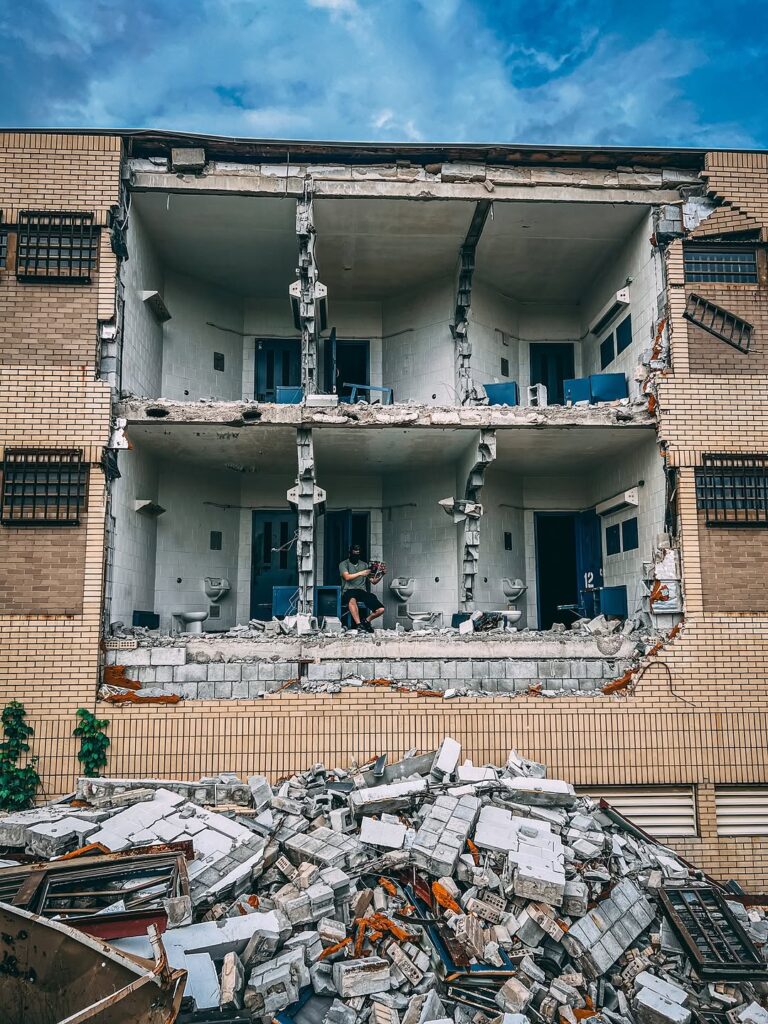
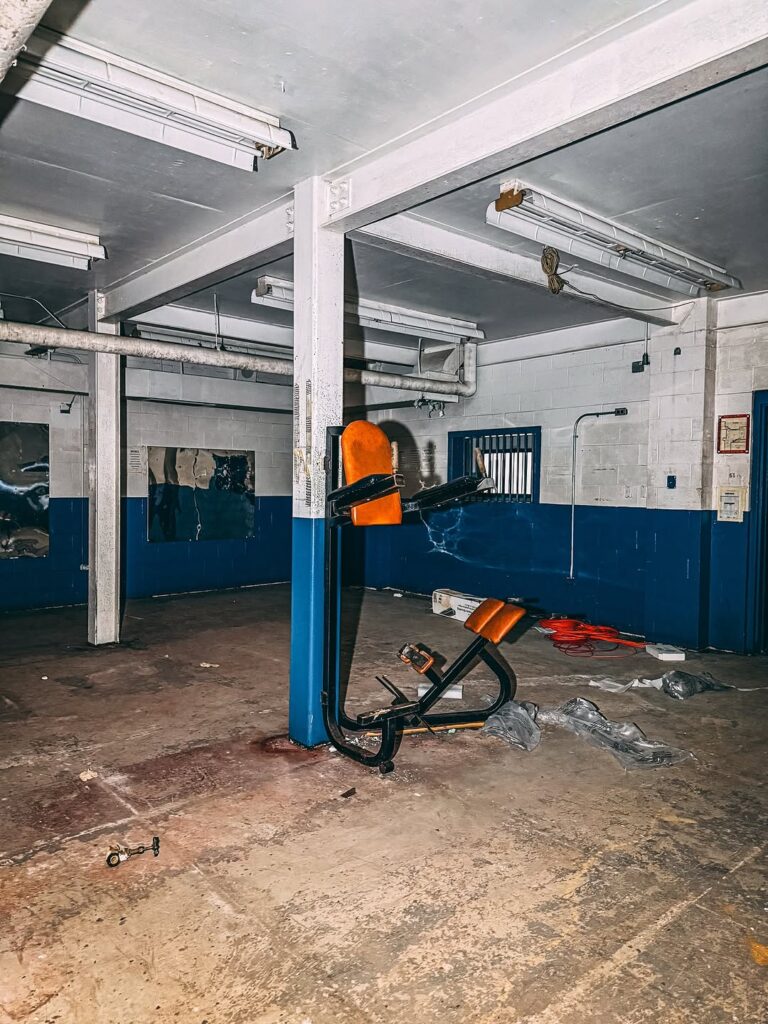

Eastern State Penitentiary has gained international recognition as one of America’s most haunted locations. Visitors and staff report numerous paranormal experiences, including shadowy figures in cells, disembodied voices, and unexplained cold spots throughout the facility. The prison’s history of solitary confinement, mental illness, and death provides a rich backdrop for these supernatural claims.
Professional paranormal investigators have conducted extensive research at Eastern State, documenting electronic voice phenomena, temperature anomalies, and photographic evidence of alleged ghostly activity. While scientific explanations exist for many reported phenomena, the combination of historical tragedy and atmospheric decay creates an undeniably spooky environment.
H2: Cultural Impact of Prison Ghost Stories
The paranormal reputation of abandoned Pennsylvania prisons extends beyond mere tourist attraction – these ghost stories reflect deeper cultural anxieties about justice, punishment, and the treatment of society’s outcasts. The spirits reportedly haunting these facilities often represent inmates who suffered particularly harsh treatment or died under suspicious circumstances.
These narratives serve important social functions, keeping alive memories of historical injustices while providing safe ways to explore themes of guilt, redemption, and moral accountability. The popularity of prison ghost tours and paranormal investigations demonstrates public fascination with the intersection of history, architecture, and supernatural belief.
H1: Photography and Documentation of Abandoned Prisons
H2: Architectural Photography Techniques for Prison Ruins
Photographing abandoned prisons requires specialized techniques to capture both their imposing architecture and atmospheric decay. The massive scale of these structures demands wide-angle lenses and careful composition to convey their overwhelming presence. Natural light filtering through broken windows and damaged roofs creates dramatic contrast opportunities for skilled photographers.
Safety considerations are paramount when photographing abandoned prison interiors. Professional photographers recommend using tripods for stability in low-light conditions, wearing protective gear to avoid hazardous materials, and never traveling alone in these potentially dangerous environments. Legal permission should always be obtained before entering restricted areas.
H2: Historical Documentation and Research Value
Photography and documentation of abandoned Pennsylvania prisons serve important historical research functions. These visual records preserve architectural details, construction techniques, and decay patterns that help historians understand both original design intent and long-term deterioration processes. Comparative photography over time documents the ongoing transformation of these structures.
Academic researchers use photographic documentation to study prison architecture evolution, social attitudes toward incarceration, and the impact of abandonment on historic structures. Museums and archives actively collect these visual records as primary source materials for future historical research and educational programming.
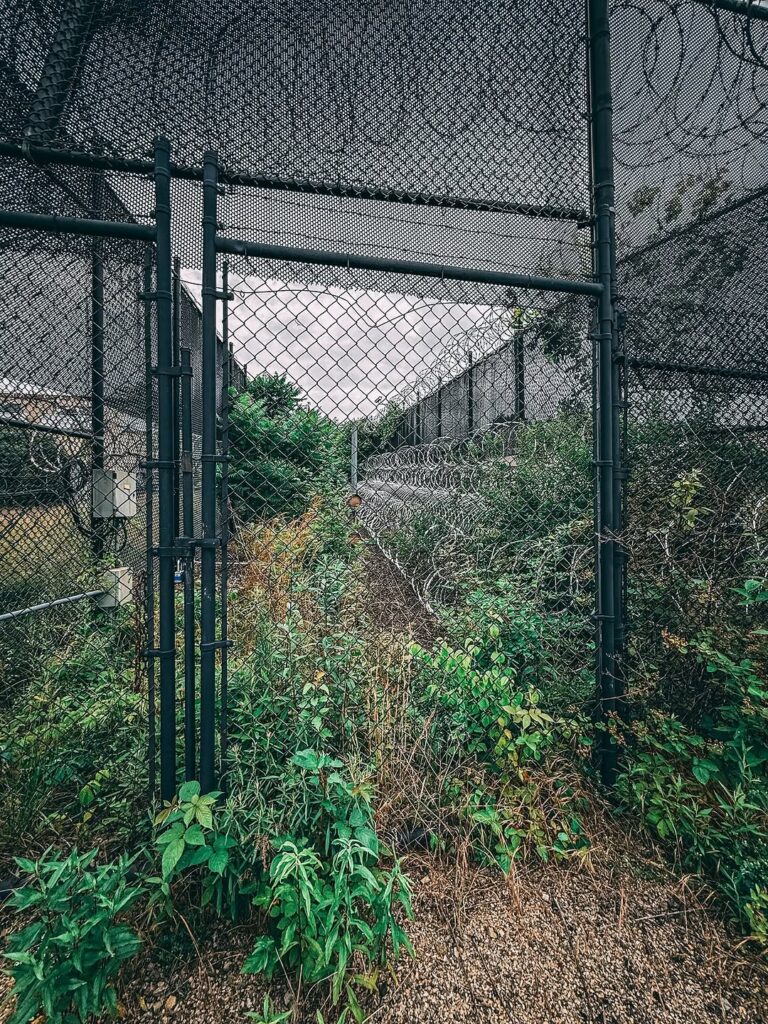

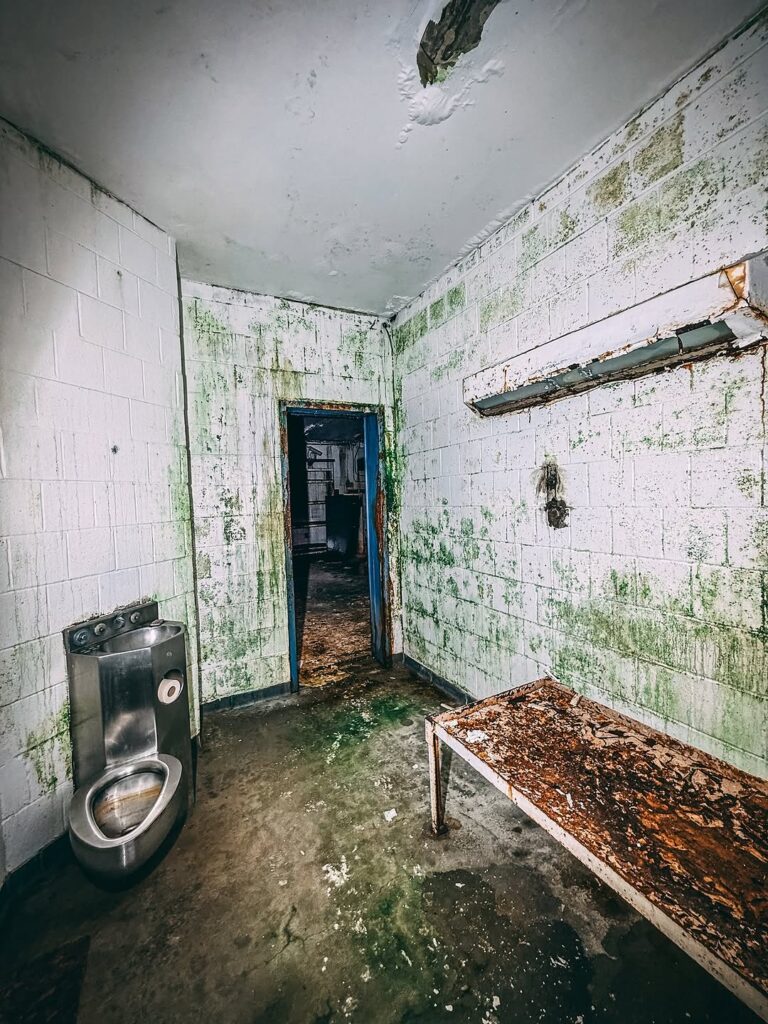
H1: Economic Impact of Prison Abandonment
H2: Property Values and Community Development Effects
The abandonment of major correctional facilities significantly impacts local economies and property values. Large abandoned prisons often become eyesores that depress surrounding real estate values and discourage business investment in nearby areas. The massive size and specialized design of these structures make redevelopment challenging and expensive.
However, successful preservation projects can reverse these negative economic impacts. Eastern State Penitentiary’s transformation into a tourist attraction generates millions of dollars in annual economic activity for Philadelphia, including hotel stays, restaurant visits, and retail spending by out-of-town visitors. This success story demonstrates the potential economic benefits of creative approaches to abandoned prison reuse.
H2: Demolition Costs and Environmental Considerations
Demolishing abandoned prisons involves substantial costs and environmental challenges. The massive construction and specialized materials used in these facilities make demolition expensive and technically complex. Asbestos abatement, lead paint removal, and proper disposal of hazardous materials can cost millions of dollars before actual demolition begins.
Environmental considerations include the embodied energy represented by massive stone and concrete construction, as well as the ecological impact of demolition waste. Some preservation advocates argue that adaptive reuse of abandoned prisons represents a more environmentally sustainable approach than demolition and new construction, despite the challenges involved in repurposing these specialized structures.
Frequently Asked Questions (FAQs)
What is the most famous abandoned prison in Pennsylvania?
Eastern State Penitentiary in Philadelphia is the most famous abandoned prison in Pennsylvania. Built in 1829, it pioneered the concept of solitary confinement and influenced prison design worldwide. The facility closed in 1971 and now operates as a historic site and museum, offering public tours and seasonal haunted attractions.
Can you visit abandoned prisons in Pennsylvania?
Eastern State Penitentiary is the primary abandoned prison in Pennsylvania open to public visits. It offers guided tours, self-guided audio tours, and special events throughout the year. Most other abandoned prisons in the state are either demolished, converted to other uses, or remain off-limits to the public due to safety and legal concerns.
Why were so many prisons in Pennsylvania abandoned?
Pennsylvania prisons were abandoned due to changing philosophies about criminal justice, aging infrastructure, and economic factors. Modern correctional approaches emphasize rehabilitation over punishment, requiring facilities designed for education and therapy rather than isolation. The cost of updating historic prisons to meet contemporary standards often exceeded building new facilities.
What happened to the inmates when prisons were abandoned?
When Pennsylvania prisons were abandoned, inmates were transferred to other correctional facilities within the state system. The closure process typically occurred gradually, with prisoner populations reduced through transfers and restrictions on new admissions before final closure. No prisoners were simply released due to facility abandonment.
Are abandoned prisons in Pennsylvania haunted?
Eastern State Penitentiary has gained international recognition as a haunted location, with numerous reported paranormal experiences. While scientific explanations exist for many reported phenomena, the combination of tragic history and atmospheric decay creates an environment that many visitors find genuinely spooky. Professional paranormal investigators have documented various unexplained occurrences at the site.
What architectural style characterizes abandoned Pennsylvania prisons?
Most historic abandoned prisons in Pennsylvania feature Gothic Revival or Romanesque Revival architecture, designed to inspire awe and fear. Eastern State Penitentiary’s castle-like appearance, complete with battlements and towers, exemplifies this intimidating architectural approach. The radial design with cellblocks extending from a central hub became a worldwide template for prison construction.
How much does it cost to preserve an abandoned prison?
Preserving abandoned prisons requires substantial ongoing investment. Eastern State Penitentiary spends over $1 million annually on preservation efforts, funded through admission fees, grants, and donations. The unique “preserved ruin” approach maintains structural stability while accepting controlled deterioration as part of the site’s historical narrative.
What safety hazards exist in abandoned prisons?
Abandoned prisons contain numerous safety hazards including asbestos, lead paint, unstable structures, and falling debris. Many facilities also present risks from broken glass, exposed electrical systems, and deteriorating floors or stairs. These dangers make unauthorized exploration extremely risky and illegal in most cases.
Can abandoned prisons be converted to other uses?
Converting abandoned prisons to other uses presents significant challenges due to their specialized design and massive construction. Successful conversions typically require substantial investment and creative approaches to working with features like cell blocks and security systems. Some facilities have become museums, arts centers, or mixed-use developments.
What role did Pennsylvania play in American prison history?
Pennsylvania played a crucial role in American prison history by developing the “Pennsylvania System” of solitary confinement at Eastern State Penitentiary. This approach influenced correctional philosophy worldwide and competed with New York’s Auburn System for dominance in American penology. The state’s Quaker influence promoted reform over punishment, shaping modern rehabilitation concepts.
Conclusion
The abandoned prisons of Pennsylvania stand as powerful reminders of America’s evolving approach to criminal justice and punishment. From Eastern State Penitentiary’s revolutionary radial design to the massive stone fortresses that once housed thousands of inmates, these structures preserve important architectural and social history that continues to fascinate visitors, researchers, and urban explorers.
While most of these facilities have been demolished or converted to other uses, their legacy lives on in the ongoing debates about criminal justice reform, historic preservation, and community development. Eastern State Penitentiary’s successful transformation from abandoned ruin to premier historic attraction demonstrates the potential for creative approaches to preserving difficult heritage sites.
The stories of Pennsylvania’s abandoned prisons remind us that buildings are more than just stone and steel – they’re repositories of human experience that can teach us about our past while informing decisions about our future. Whether approached as tourist destinations, research sites, or simply fascinating examples of historic architecture, these abandoned correctional facilities continue to capture imaginations and provoke important conversations about justice, punishment, and redemption in American society.
As Pennsylvania continues to grapple with questions about criminal justice reform and historic preservation, the state’s abandoned prisons serve as tangible connections to earlier approaches to these persistent social challenges. Their preservation, documentation, and interpretation ensure that future generations can learn from both the failures and innovations of past correctional systems while working toward more effective and humane approaches to public safety and criminal rehabilitation.
![]()
Abandonedplace.com is your premier online destination for discovering and share the Top 50 abandoned places in the world. Our platform is dedicated to discovering the mystery, history and beauty of forgotten places through the Lenses of Urban Exploration

